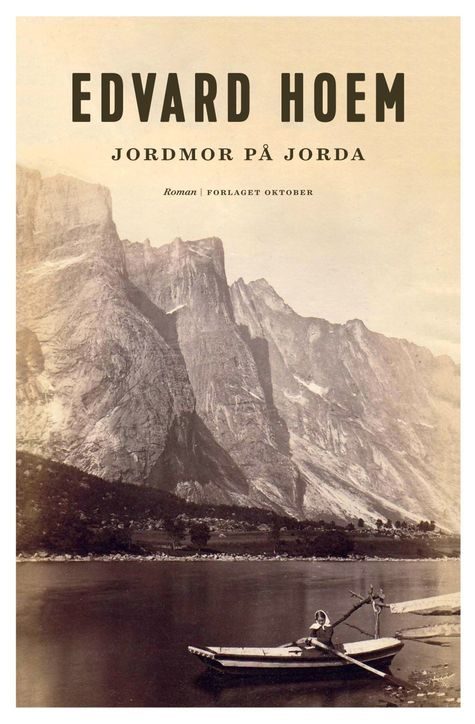«A brilliant portrait of a woman … Edvard Hoem has written a prequel to his great family saga – and it’s a wonderful story about the author’s own great-great-grandmother … an absorbing novel … a both thorough and believable portrait of a time. But it’s the main character herself who carries everything … When he is at his best, Hoem makes literary gold out of this material … In any case, this book seems, as we often see in Hoem, illuminated by divine light. The story of Marta Kristine Andersdatter Nesje really shines.”
5/6 stars, VG
“A magnificent family saga … Edvard Hoem is […] a brilliant storyteller, who effortlessly transforms everyday life into emotionally charged stories … The vivid and precise descriptions of her experience and knowledge about births, pregnancy and the female body are both fascinating and instructive … a beautiful, moving, magnificent book. Yet again Hoem has transformed family history into gripping literature”
NRK P2
“The novel is full of conflicts, but also a warm love story and a story about the midwife profession in a time of big changes … Around a skeleton of dry facts – at times the sources are made visible in the text – Hoem builds a story of flesh, nerves and blood, professionally and with sensitivity. He creates a trustworthy portrait of the times, filled with characters that move us … With a powerful pen, Hoem portrays Marta Kristine’s tribulations and her ability to overcome them. He makes great writing into powerful, illuminating entertainment, without being tempted to use clichees and melodrama. And that is no small feat”
5/6 stars, Dagbladet
“An exhilaratingly well written story with a richness of detail and anecdote that can take your breath away … In The Midwife Edvard Hoem has again produced a warm story in poetic, beautiful prose. There are scenes upon scenes, where we just want more and more.”
5/6 stars, Romsdals Budstikke
“Hoem has created a vivid, believable main character. Equally impressive is his depiction of both the urban and rural environments of the past, that were her landscapes … [Marta Kristine] is a female character who carries the best human characteristics, individualism, pride, warmth, endurance … features that characterize a person who is more worthy of a novel more real than any reality literature”
6/6 stars, Adresseavisen
“Hoem’s novels are part of a project of making the invisible visible, he gives the voiceless a voice. [No one has given] a more vivid literary portrait of this female profession than Edvard Hoem … Marta Kristine [is] portrayed as a fascinating, impressive character”
Aftenposten
“A clear, beautiful view of life in a past age … Hoem describes a time where new thoughts live side by side with the old … in this way, Hoem once again pairs the story of his family with the story of Norway, and produces an historical novel of the best breed”
Klassekampen
“Hoem’s story of his great-great-grandmother, the midwife Stina, is at least as good as the other books about the author’s close forefathers and mothers … The Midwife is an historical document about our quite close ancestors’ struggle to survive, but it is also a story of people of flesh and blood, written by a literary master”
5/6 stars, Bok 365
“Edvard Hoem’s skills as a chronicler of are hard to beat … a both moving, wise and informative story of Norwegian childbirth history, the exhausting life of farmers, and the tough struggle against narrow-mindedness and superstition … People and nature are described and embraced with warmth and respect”
Dagsavisen
“Edvard Hoem creates a portrait of his family with brilliance in both prose, research and empathy. In this portrait of his great-great-grandmother, who was a midwife, the 19th century appears to us as if it was yesterday … Another great novel from one of Norway’s best storytellers”
Vårt Land
“It is a joy to read The Midwife, both the prose and the narrative voice grip you in a way that lets you take part in human lives lived”
Dagen
“Sober and gripping … he draws an intimate, believable portrait of a single individual, and the economical, material and structural conditions that she had to face”
Dag og Tid

